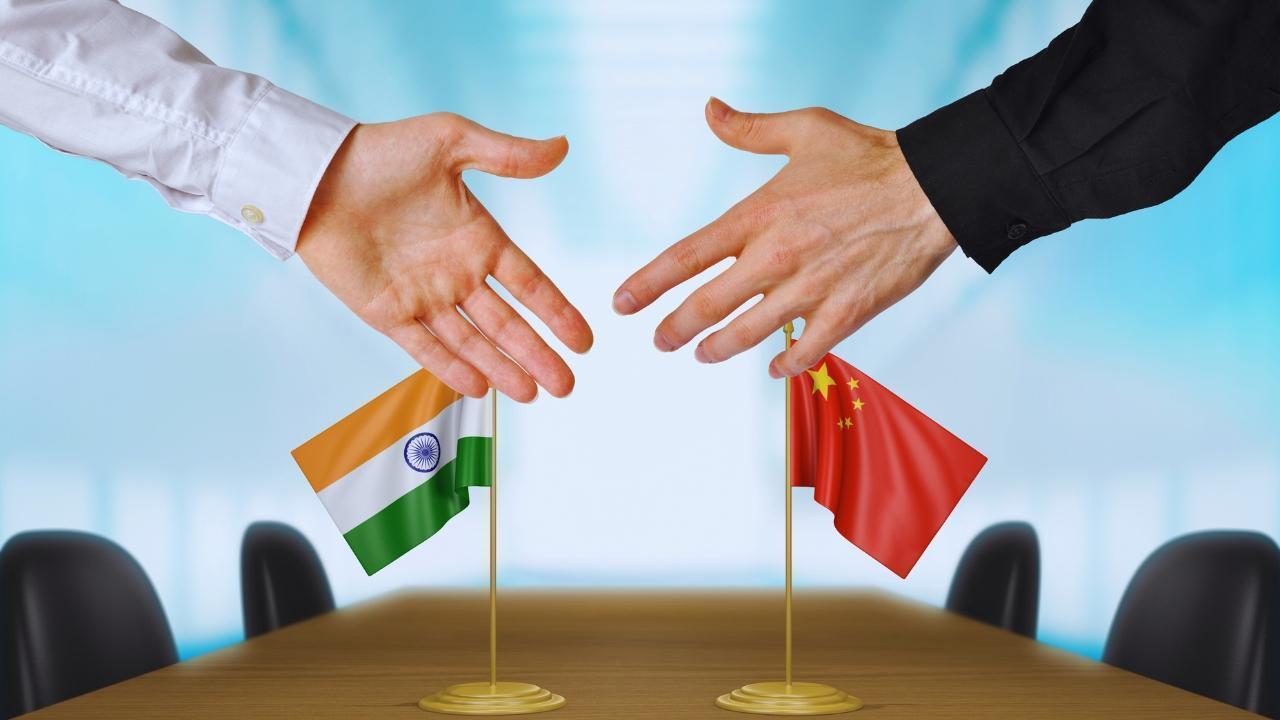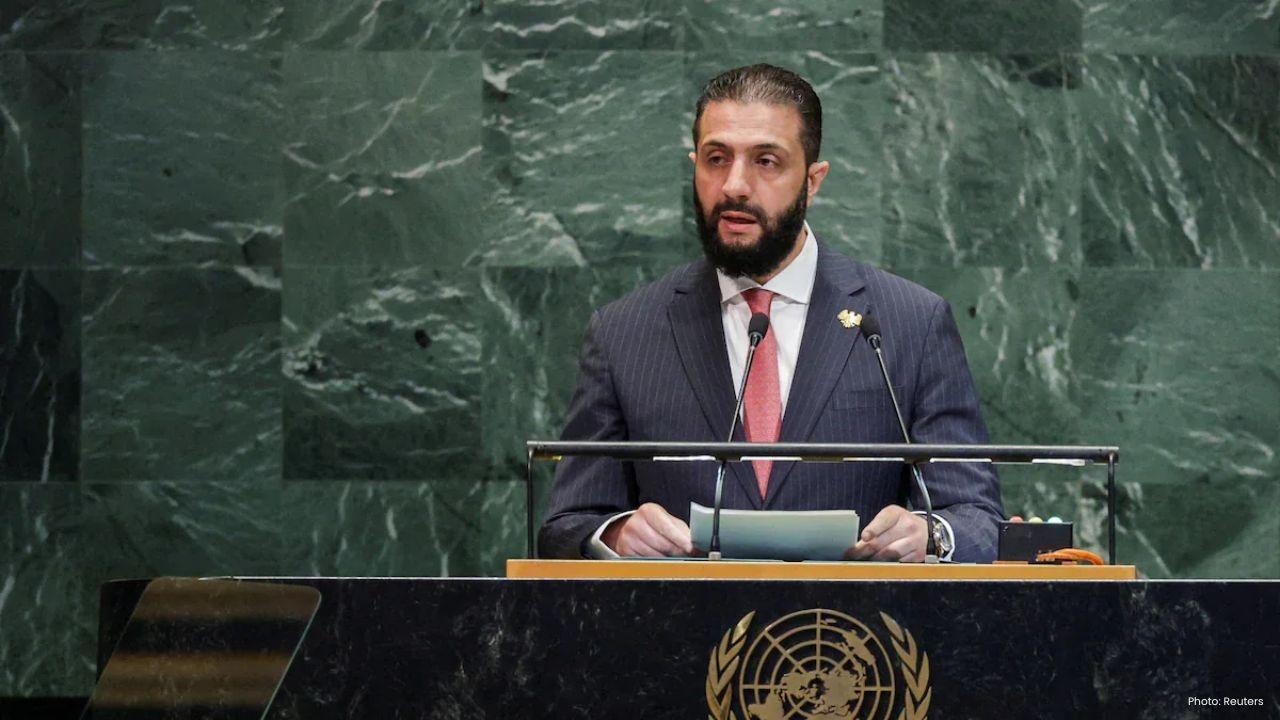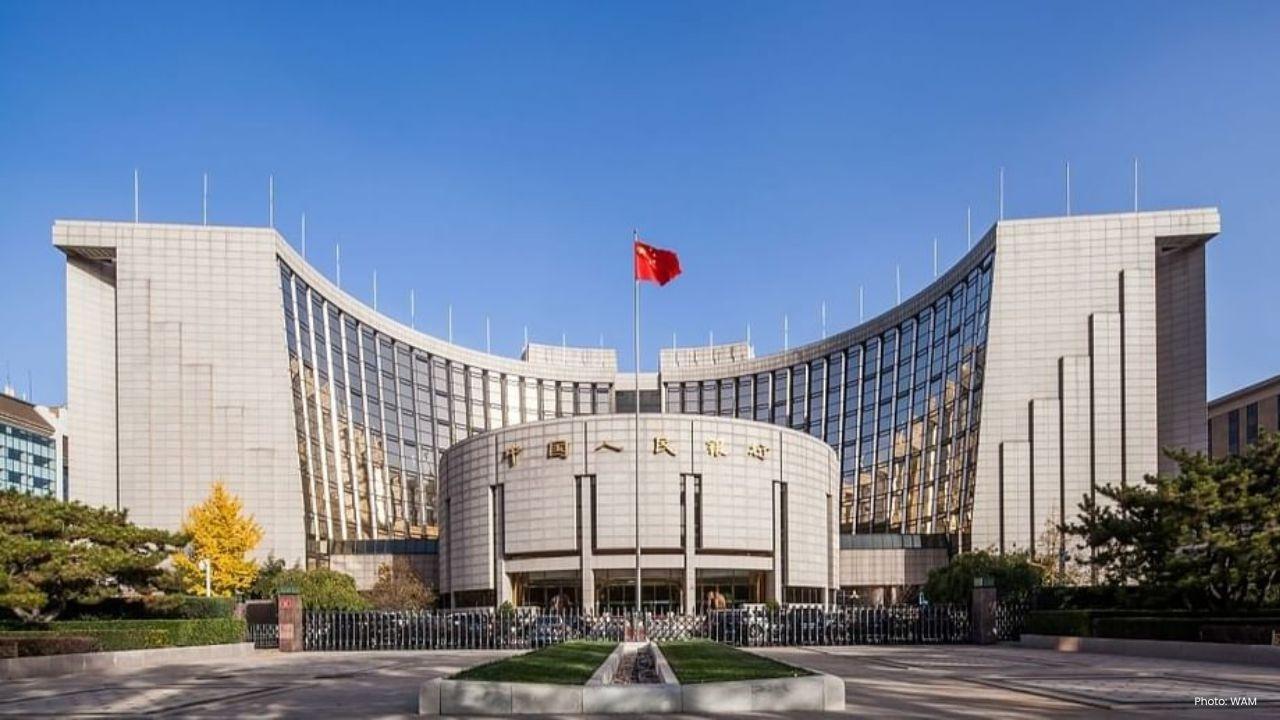
Join 10k+ people to get notified about new posts, news and tips.
Do not worry we don't spam!

Post by : Anis Farhan
In the shifting dynamics of global politics, Asia often finds itself at the epicenter of change. Among the continent’s most watched and closely analyzed relationships is that of India and China—two historic civilizations, two economic giants, and two nuclear powers. For decades, their bilateral ties have swung between cooperation and confrontation, shaped by border disputes, trade opportunities, and competing visions for regional dominance. However, in recent months, a noticeable thaw has emerged. Diplomatic signals, economic engagements, and regional summits suggest that both New Delhi and Beijing are preparing to explore a new chapter—one of pragmatic rapprochement. While tensions remain embedded in history and geography, the renewed willingness to engage raises the question: Is Asia about to witness a new era of India–China cooperation?
The roots of India–China mistrust are deeply embedded in history. The 1962 border war marked a defining rupture, one that has haunted bilateral ties for over six decades. Skirmishes in later years, including the deadly clashes in Ladakh’s Galwan Valley in 2020, reinforced the perception that trust was fragile and conflicts could flare without warning. Yet, alongside these tensions, both countries have also experienced moments of cooperation. Trade agreements in the 1990s and joint participation in BRICS and the Shanghai Cooperation Organization (SCO) offered glimpses of possibility. The paradox of India–China relations lies in this constant oscillation between strategic rivalry and economic interdependence.
The latest thaw is not occurring in isolation—it is shaped by global headwinds. The United States’ tariff measures against Asian economies have altered regional trade flows. Both India and China find themselves recalibrating economic strategies. For Beijing, slowing growth and mounting external pressures create a need for stable relations with its neighbors. For New Delhi, supply chain diversification and industrial expansion under “Make in India” require access to markets, investments, and regional partnerships. These shared pressures create overlapping interests, even if distrust lingers.
Moreover, the broader Indo-Pacific framework has intensified strategic competition. The rise of minilateral groups such as the Quad, where India plays a crucial role alongside the U.S., Japan, and Australia, has been perceived in Beijing as a challenge to its influence. Yet, the same reality underscores to both nations that prolonged hostility could lock them into costly confrontations. The pragmatism of engagement, therefore, becomes increasingly attractive.
Trade between India and China has often been a paradoxical story: while strategic suspicion runs high, economic ties remain robust. China continues to be one of India’s largest trading partners, with imports spanning electronics, machinery, and medical supplies. Indian pharmaceutical exports and IT services also find significant demand in the Chinese market. Recent reports suggest that despite political tensions, bilateral trade crossed significant thresholds in 2024, a testament to mutual dependency.
As India pushes ahead with its ambition to become the world’s third-largest economy, infrastructure, technology, and manufacturing investment will be critical. China, with its expertise in manufacturing and infrastructure financing, remains a potential partner despite geopolitical concerns. Similarly, Beijing recognizes the growing importance of the Indian market, particularly at a time when Western economies adopt restrictive measures. This shared recognition of economic complementarity fuels the new diplomatic warmth.
The renewed momentum is visible in recent diplomatic exchanges. Quiet backchannel talks, joint participation in multilateral platforms, and carefully worded statements from both governments indicate an intent to stabilize ties. India’s willingness to attend SCO meetings alongside China, and Beijing’s muted responses to India’s regional security alignments, highlight subtle recalibrations. The tone of official rhetoric has softened compared to previous years, signaling a diplomatic reset in progress.
High-level visits are also playing a role. Prime Minister Narendra Modi’s tour of Asian capitals, including Japan and upcoming SCO-related meetings, provides an avenue for structured dialogues with Chinese counterparts. Beijing, meanwhile, is keen to demonstrate that it can maintain stable relations with large neighbors despite differences. These diplomatic moves suggest not necessarily a breakthrough, but at least an understanding that sustained hostility benefits neither side.
The implications of India–China rapprochement extend far beyond bilateral ties. For Asia, stability between the region’s two biggest economies reduces the risk of conflicts spilling over into neighboring states. For global supply chains, improved ties could mean smoother trade flows, investment channels, and reduced volatility in Asian markets.
However, this warming does not automatically erase areas of competition. Both nations continue to vie for influence in South Asia, Africa, and the Indo-Pacific. India remains cautious of China’s Belt and Road Initiative (BRI), especially projects in Pakistan and Sri Lanka, while China keeps a watchful eye on India’s partnerships with the U.S. and Japan. Yet, a more stable working relationship ensures that these competitions remain contained within manageable boundaries rather than erupting into open confrontation.
One area where skepticism persists is along the disputed Himalayan border. Despite confidence-building measures, patrol standoffs and infrastructure races continue in regions like Ladakh and Arunachal Pradesh. Both militaries remain vigilant, investing heavily in forward deployments and surveillance. The latest rapprochement, therefore, is unlikely to resolve the boundary question in the near term. Instead, the emphasis may shift toward managing disputes more carefully, avoiding flare-ups, and prioritizing dialogue over escalation.
This “managing differences” approach could mirror China’s approach with other neighbors, where border disputes remain unresolved but are kept from dominating the entire relationship. For India, adopting such a stance is pragmatic—it allows the country to focus on economic growth while maintaining national security vigilance.
Domestic politics in both countries also influence the willingness to reset ties. For the Modi government, projecting India as a confident regional power that can engage constructively with all neighbors strengthens its diplomatic standing. It also aligns with domestic narratives of India as a rising global player, capable of shaping multipolar diplomacy.
For the Chinese leadership, managing multiple external challenges—from strained ties with the U.S. to economic headwinds—requires demonstrating stability on its periphery. Engaging India provides a counterbalance to perceptions of isolation and shows Beijing’s ability to work pragmatically with rivals. Thus, domestic imperatives converge with strategic calculations to support a thaw.
Platforms like BRICS, SCO, and G20 offer important avenues for India and China to engage within broader frameworks. These platforms allow both nations to sidestep bilateral deadlocks and instead focus on shared agendas such as climate change, development financing, and global governance reforms. Multilateralism provides cover for cooperation without requiring either side to appear as if it is making unilateral concessions. In this sense, the new rapprochement may not manifest through dramatic bilateral breakthroughs but rather through coordinated actions in multilateral settings.
Despite encouraging signals, challenges remain formidable. Mutual suspicion over border issues persists, with both militaries preparing for contingencies. Trade imbalances remain a sensitive issue in India, where concerns about Chinese imports undermining domestic industries run deep. In China, skepticism about India’s alignment with U.S.-led security frameworks limits the scope of strategic trust.
Cybersecurity, technology transfers, and infrastructure projects remain contentious areas where cooperation could quickly turn into confrontation. Moreover, both nations continue to nurture competitive ambitions in Africa, the Middle East, and Southeast Asia. The future of rapprochement will depend not on erasing these challenges, but on managing them without allowing them to spiral into crises.
Ultimately, the India–China thaw is less about friendship and more about pragmatism. Both countries recognize that their national interests are best served by maintaining stability while pursuing their own ambitions. This is not a transformation into partnership, but a recalibration toward coexistence. Such a shift holds immense significance not only for Asia but also for global politics, where the trajectory of India–China relations will shape trade, security, and development in the decades ahead.
The road ahead will likely be uneven, marked by cooperation in some domains and competition in others. But if the current signals hold true, Asia may be on the cusp of a period where its two largest powers engage with greater restraint and foresight. That, in itself, would represent a meaningful strategic chapter.
This article is written for informational and editorial purposes only. It reflects ongoing developments, analysis, and perspectives regarding India–China relations and their regional implications. The content does not represent the official stance of any government, institution, or organization. Readers are encouraged to follow official statements and verified news sources for the most up-to-date and authoritative information.










Paramount+ to Stream PBR’s 'Unleash the Beast' in New Five-Year Deal
Paramount+ will stream PBR’s 'Unleash the Beast' across the U.S. starting this December under a five

Zohran Mamdani Clinches NYC Mayoral Seat as Victory Speech Blends Politics and Bollywood
Zohran Mamdani won New York City's mayoral race, becoming the city's first Muslim and South Asian ma

India Wins First Women’s World Cup 2025 Title
India lifts its maiden Women’s World Cup 2025 title! Harmanpreet Kaur’s team stuns South Africa in a

Manuel Frederick, 1972 Olympic Bronze Goalkeeper, Dies at 78
Manuel Frederick, a member of India’s 1972 Olympic bronze hockey team, has died in Bengaluru at 78 a

Muhammad Hamza Raja Wins IFBB Pro Card Puts Pakistan & UAE on Global Stage
Pakistani bodybuilder Muhammad Hamza Raja earns IFBB Pro Card in Czech Republic, showcasing Dubai’s

Shreyas Iyer’s Recovery Underway After Spleen Laceration in Sydney ODI
Shreyas Iyer is recovering after a spleen laceration sustained while taking a catch in the Sydney OD